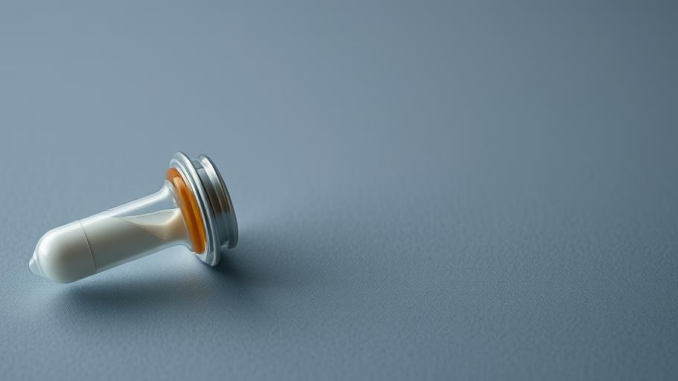
Summary
Emergency clinician prescriptions of buprenorphine for opioid use disorder are increasing, leading to more patients engaging in long-term recovery. Studies show increased prescription rates and continuous buprenorphine use among patients. This highlights the important role of emergency departments in addiction treatment and offers hope amidst the opioid crisis.
** Main Story**
Okay, so the opioid epidemic is still raging, right? It’s hitting communities hard across the US, and frankly, it’s been pretty bleak. But you know what? There’s a small, but significant, light at the end of the tunnel – an increasing number of emergency room doctors are prescribing buprenorphine. And it’s actually making a difference.
Studies are showing that more and more ERs are initiating buprenorphine prescriptions. That’s leading to better engagement in ongoing treatment and, ultimately, helping people on the road to long-term recovery. Which, let’s be honest, is the whole point.
Buprenorphine in the ER: A Game Changer?
A recent study in JAMA really caught my eye. It looked at patients in California who started buprenorphine treatment right there in the ER. And guess what? It really worked. Apparently, this approach really seems to support long-term engagement – you know, the kind that actually leads to recovery from opioid addiction. What’s more, they saw a consistent increase in ER clinicians prescribing it. So, it’s not just a one-off; it’s something that can be implemented across the board.
Think about it; emergency rooms often see people at their lowest point. Being able to offer them a pathway to treatment right then and there? That’s huge.
The Numbers Don’t Lie
This JAMA study, spanning from 2017 to 2022, showed a jump from a measly 2% of emergency clinicians prescribing buprenorphine to, get this, 16%! Okay, it’s not perfect, but it’s real progress. And here’s the kicker: of those patients who got their first prescription from an ER doc, about a third went on to get another one within 40 days. Then, one in nine stuck with it for six whole months of continuous treatment within a year. Not bad, right?
I mean, that data speaks for itself. It’s a clear sign that early intervention, even in the chaos of an emergency room, can have a massive positive impact on someone’s recovery journey.
Buprenorphine: A Lifeline When it Matters Most
This increase in ER-initiated buprenorphine prescriptions couldn’t have come at a better time. Opioid-related ED visits, hospitalizations, the whole nine yards have shot up since 1999 and prompted a public health emergency. Buprenorphine offers a potential lifeline. It reduces cravings and withdrawal symptoms without giving that high people crave. Having it available in the ER means people who might never seek treatment otherwise can get immediate access, especially those who don’t have easy access to healthcare usually.
CA Bridge: A Model to Follow
And you know what’s really cool? There are organizations like CA Bridge leading the charge. They launched in 2018, focusing on implementing their “Bridge” model in California ERs. Basically, it’s all about easy access to buprenorphine, using harm reduction strategies, and helping patients navigate outpatient care. They’ve demonstrated that with the right funding, training, and support, ER doctors are willing and able to prescribe buprenorphine, leading to much better outcomes. It goes to show that with some strategic planning, real change is possible.
Honestly, a friend of mine used to work in an ER, and they were saying how frustrating it was to see the same people coming in over and over again due to opioid addiction. It feels like this approach could at least make a dent in that cycle.
The Road Ahead: Sustaining the Momentum
Look, the rise in buprenorphine prescriptions from ER docs is definitely a positive step in this fight. But, we can’t just pat ourselves on the back and call it a day. We need to keep pushing. We’ve got to keep funding and supporting programs like CA Bridge – it’s just too vital to lose.
Besides that, expanding access to all sorts of addiction treatment services – medication-assisted treatment, therapy, support groups, the whole shebang – is crucial. We need to make sure people get that holistic, evidence-based care that addresses all the different parts of addiction and supports them along their entire recovery journey. Because at the end of the day, it’s about giving people a real chance at a lasting recovery, isn’t it?


Be the first to comment